Signs Your Flowers Are Thirsty

In the realm of gardening, nurturing plants is a delicate dance between providing them with just the right amount of care and attention they need to thrive. Water, being one of the essential elements for plant growth, plays a crucial role in maintaining the health and vitality of your garden. However, determining when your roses, tulips, daisies or other blooms require more hydration can sometimes be challenging. Understanding the signs that indicate your Dubai flowers are thirsty is vital for ensuring they receive adequate water to flourish. In this comprehensive guide, we'll delve into various indicators that can help you recognize when your flowers need more water and provide actionable tips to keep your garden blooming beautifully.
1. Wilting Leaves
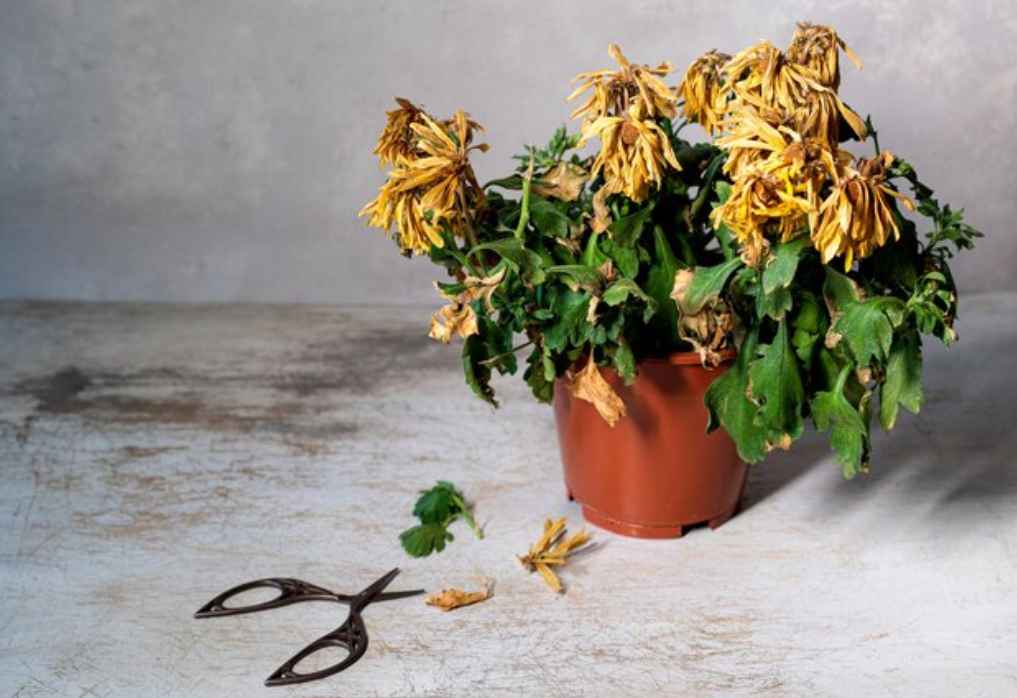
One of the most common signs that your flowers need more water is wilting leaves. When plants lack sufficient moisture, their leaves often lose their turgidity and begin to droop or wilt. This occurs because water helps maintain the structural integrity of plant cells, and when there's a deficiency, the cells lose pressure, causing the leaves to wilt. Keep an eye on the foliage of your flowers, especially during hot or dry periods, and water them promptly if you notice any wilting. If you want to learn more about properly watering fresh cut flowers to keep them vibrant and healthy, check out our blog post on Fresh Cut Flowers Watering for expert tips and advice.
2. Dry Soil
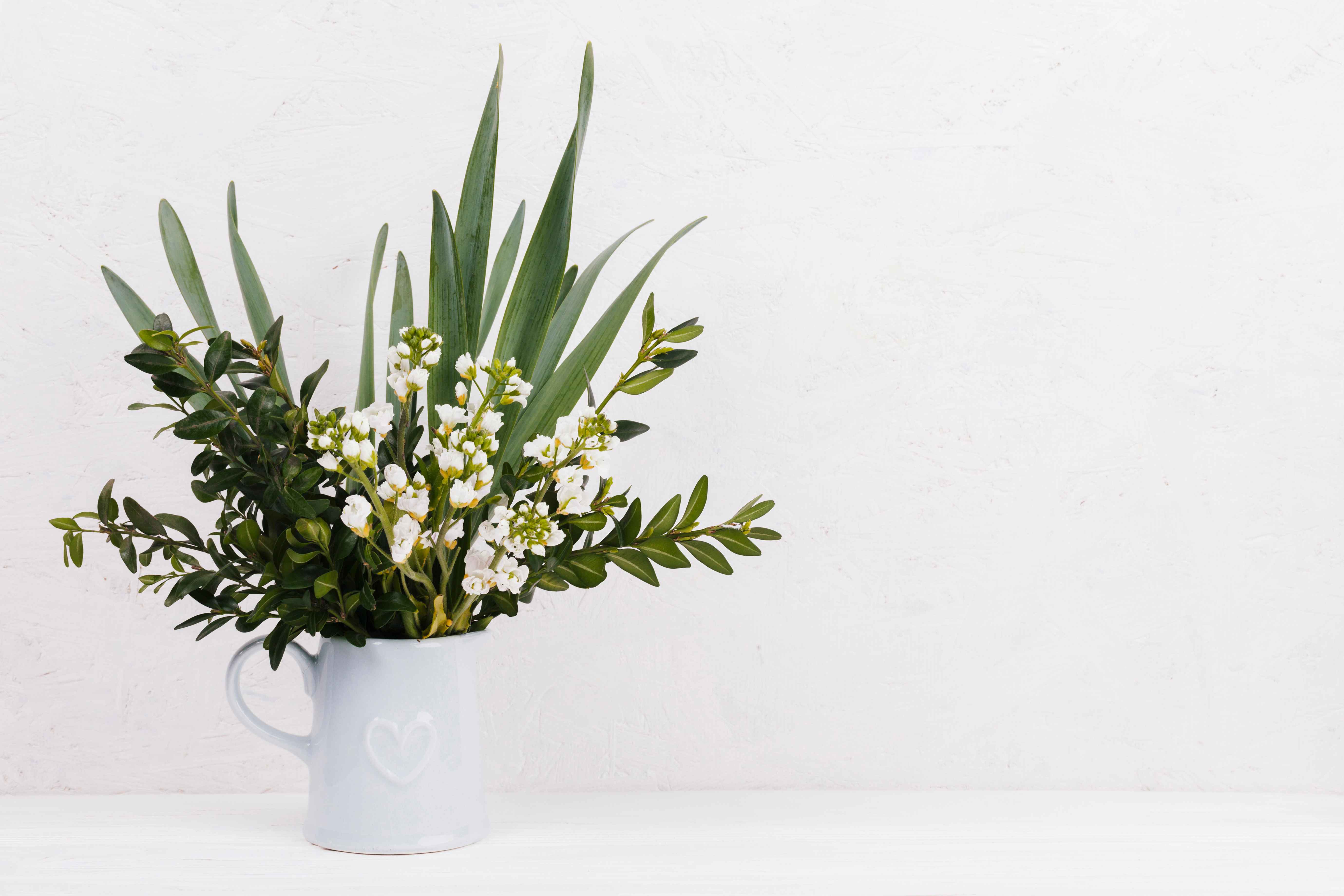
Monitoring the moisture level of the soil is essential for gauging the watering needs of your Dubai flowers. Insert your finger into the soil near the base of the plant to assess its moisture content. If the soil feels dry to the touch several inches below the surface, it's likely that your flowers need more water. Additionally, visibly dry or cracked soil is a clear indication that it's time to hydrate your plants.
If you're interested in further enhancing your knowledge on caring for fresh-cut flowers, be sure to check out our comprehensive blog post on Choosing the Right Water for Fresh-Cut Flowers. It provides valuable insights into selecting the best water to maximize the longevity of your blooms.
3. Yellowing or Browning Leaves
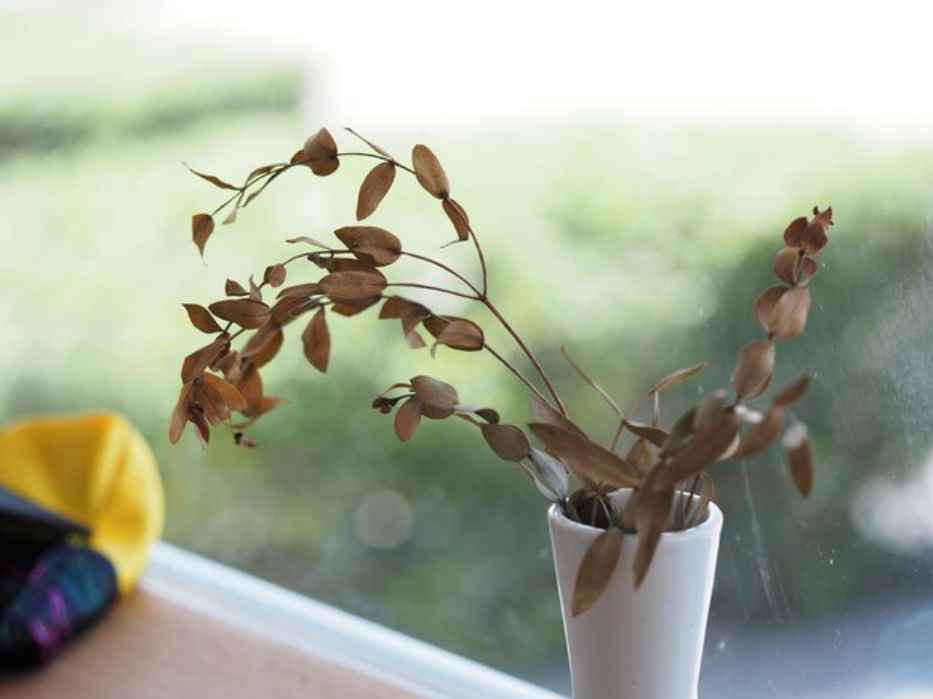
Another telltale sign of insufficient water is the yellowing or browning of leaves. When plants are deprived of adequate hydration, they may start to experience nutrient deficiencies, which can manifest as discoloration of the foliage. Pay close attention to any changes in the color of your flower's leaves, particularly if they appear yellow or brown at the tips or edges. Providing them with a thorough watering can help alleviate this issue and promote healthier growth.
4. Stunted Growth
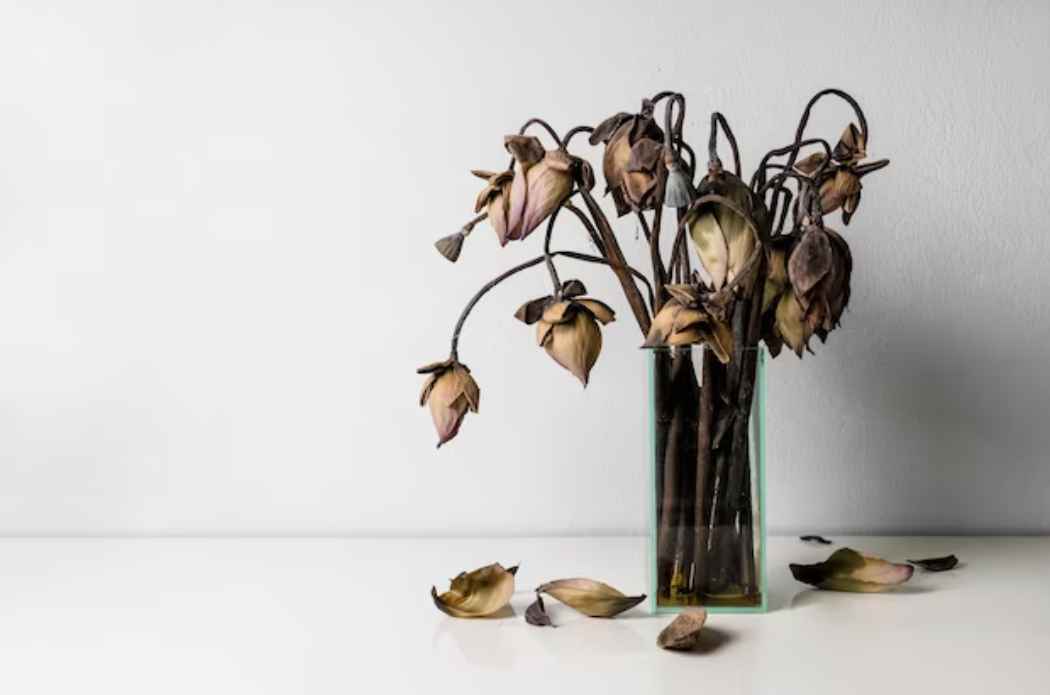
Healthy plants typically exhibit robust growth, producing new leaves, stems, and flowers regularly. However, if you notice that your flowers' growth seems stunted or slowed compared to normal, it could be a sign of water stress. Insufficient water can hinder the plant's ability to carry out essential physiological processes, resulting in reduced growth rates. Observing any stagnation in growth should prompt you to increase your watering frequency to support the plant's development.
5. Dull or Wilted Flowers
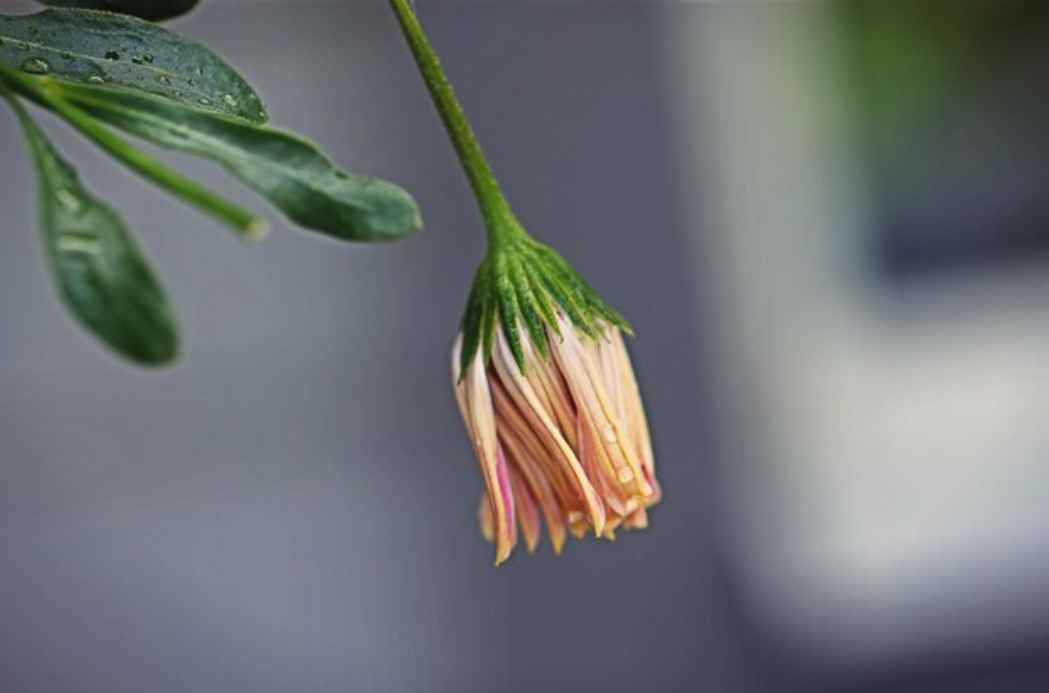
In addition to wilting leaves, the Dubai flowers themselves can also provide valuable clues about their water needs. When flowers lack adequate moisture, they may appear dull or droopy, losing their vibrant colors and firmness. Revitalize wilted flowers by giving them a thorough watering, allowing them to regain their vitality and luster. Regularly deadheading spent blooms can also encourage the plant to redirect its energy towards producing new flowers.
6. Increased Pest Activity
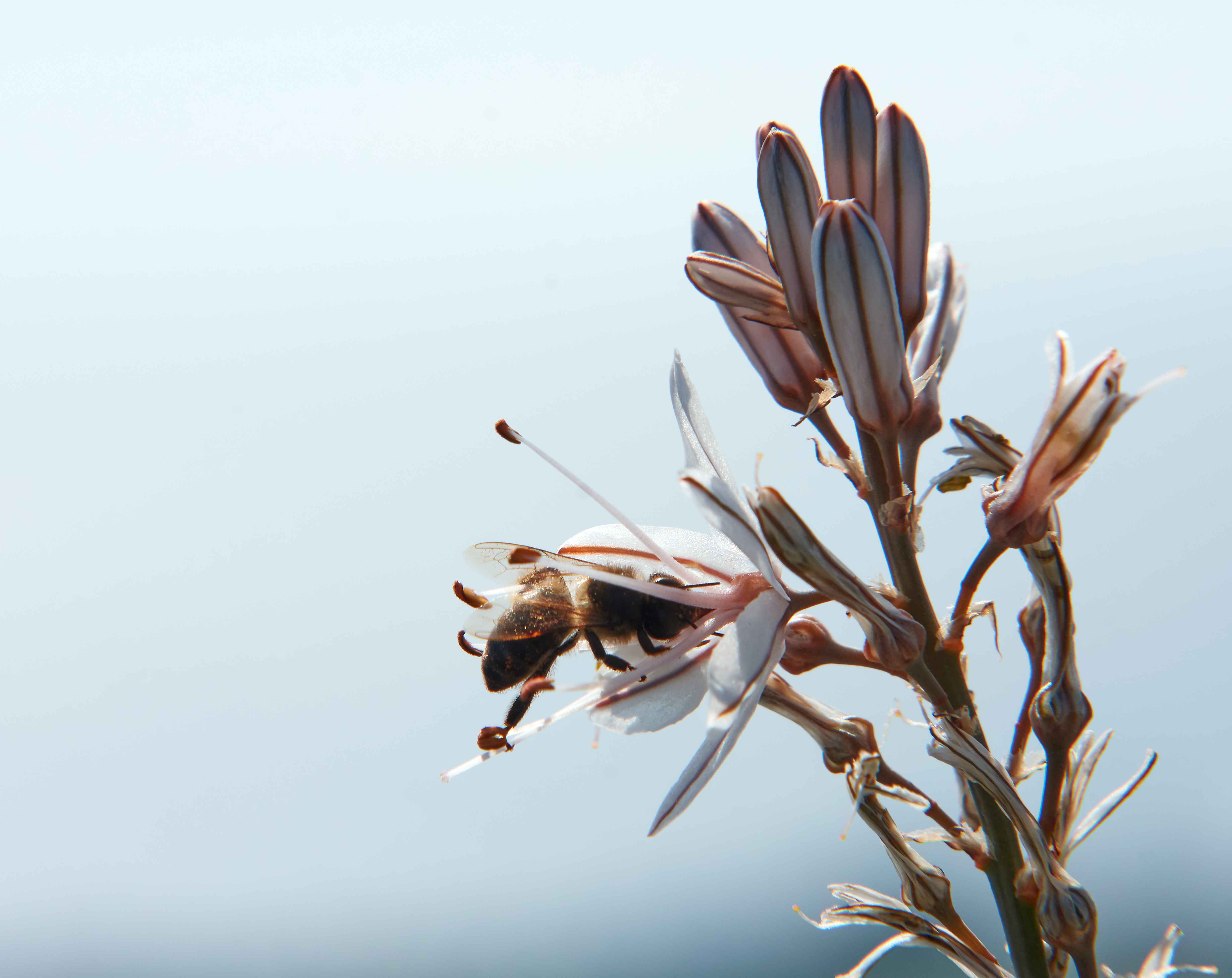
Pests and diseases are more likely to target plants that are weakened due to water stress. If you notice a sudden influx of pests, such as aphids, spider mites, or fungal infections, it could indicate that your Dubai flowers are experiencing moisture-related issues. Maintaining proper watering practices can help strengthen your plants' natural defenses against pests and diseases, reducing the risk of infestations.
7. Drooping or Stiff Stem
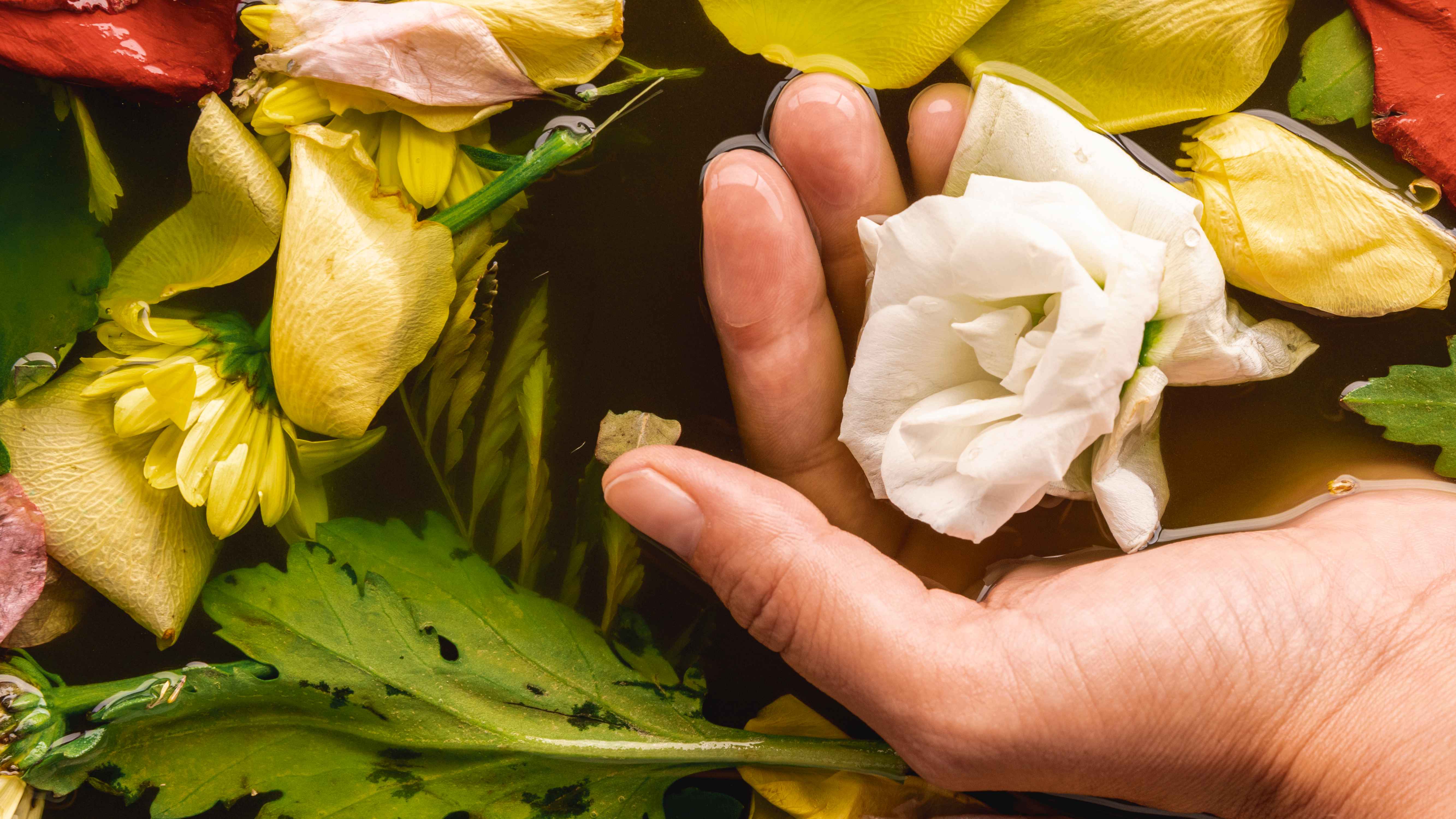
The stem of a plant serves as its main support structure, transporting water and nutrients from the roots to the rest of the plant. When a flower is lacking water, the stem may start to droop or become stiff. A drooping stem is a clear indication that the plant is in need of water, as it struggles to maintain its upright posture without sufficient hydration. Conversely, a stiff or rigid stem can also signal dehydration, as the plant conserves water by restricting movement in an attempt to minimize water loss.
8. Reduced Flower Production

Healthy, well-hydrated plants typically produce an abundance of flowers throughout the growing season. However, if you notice a decline in flower production or a delay in the emergence of new blooms, it could be due to inadequate water supply. Insufficient moisture can disrupt the plant's reproductive processes, leading to fewer flowers or delayed flowering. To encourage continuous blooming, ensure that your Dubai flowers receive consistent watering, especially during periods of high heat or drought.
Recognizing the signs that your flowers need more water is essential for maintaining a healthy and vibrant garden. By paying attention to cues such as wilting leaves, dry soil, leaf discoloration, stunted growth, dull flowers, increased pest activity, drooping or stiff stems, and reduced flower production, you can proactively address your plants' hydration needs and ensure they thrive in their environment. Remember to water your flowers consistently, keeping in mind factors such as weather conditions, plant species, and soil type. With care and attention, you can enjoy a flourishing garden filled with beautiful, hydrated flowers throughout the growing season.










